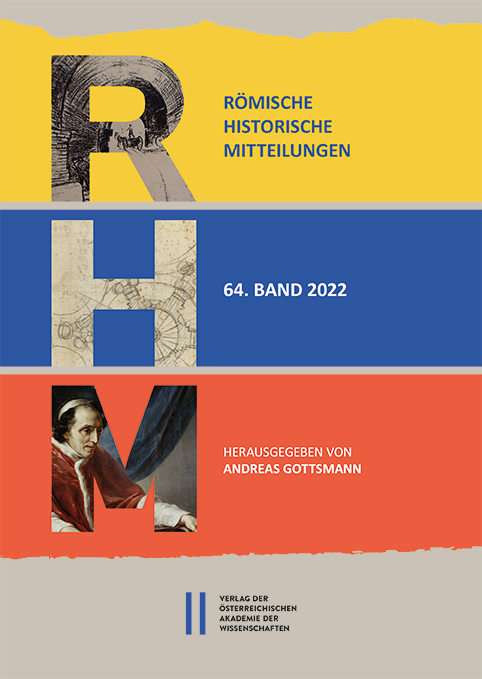
Römische Historische Mitteilungen 64/2022, pp. 243-300, 2022/12/27
Francesco Borromini’s extensive corpus of drawings contains numerous instances in which multiple levels of an architectural structure are drawn upon or into one another. This representational technique is called ‘synoptic projection’. By simulating corporeal coherence in a drawing’s two dimensions, it reflects and serves Borromini’s idiosyncratic habit of designing, i.e., the habit of having the plasticity of the designed structure at hand throughout the entire process. The article discusses (1) the distinct character of Borromini’s synoptic projections among other phenomena of graphic layering; (2) the technique’s primary significance as part of Borromini’s design process, although it is used not only in his design drawings but also in many sheets intended for publication; (3) the key role of the often forgotten design medium of the wax model, to which the synoptic drawings emphatically testify; and (4) the common comparison of Borromini’s synoptic projections with late medieval drawings that show similar graphic structures of multiple superimpositions.